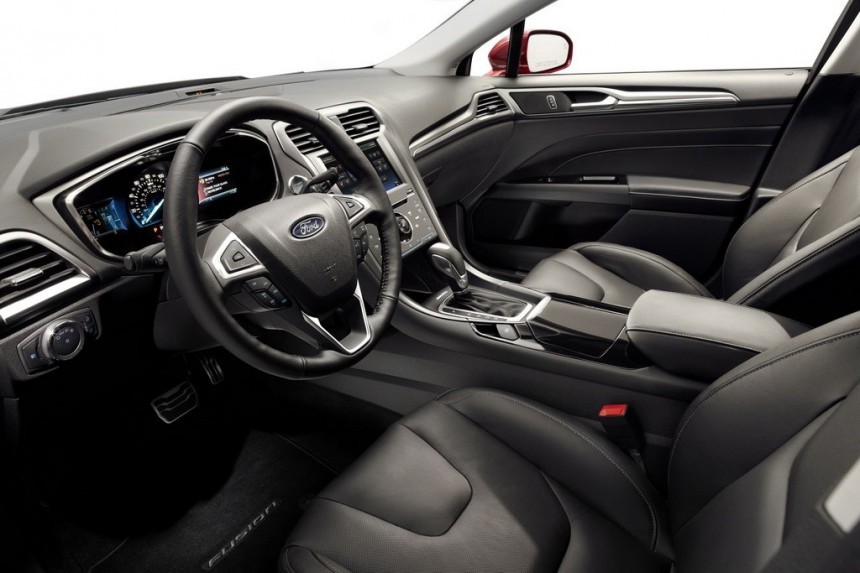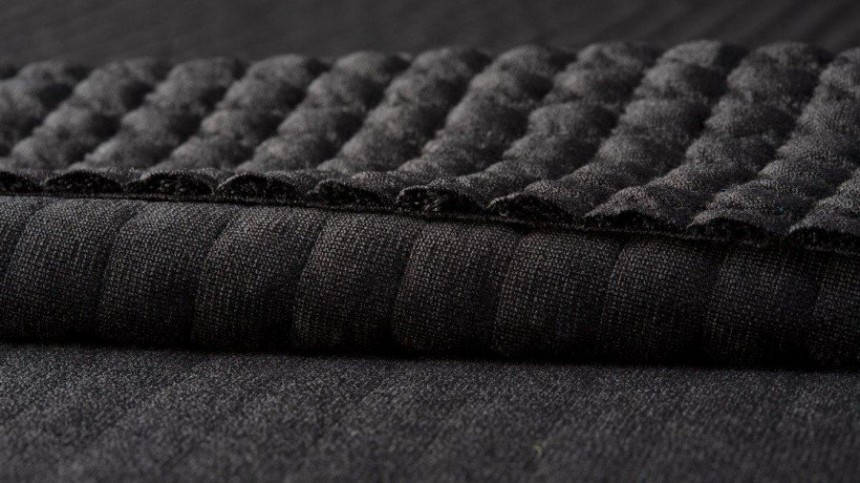With an ever-forward push to reduce waste and increase the reuse of base materials, vehicle manufacturers have turned to ingenious solutions. One of which being the incorporation of recycled textiles.
Some of the clothes we no longer wear or that we throw away or donate, do end up becoming something else. Nowadays, even ending up in our cars.
Recycled textiles come from two main sources, post-industrial or pre-consumer, which include the remains of fabrics that are discarded in the process of cutting and making clothing, and other textiles, or from post-consumer, which includes your average socks, shorts, shirts, jeans, towels, etc. With the largest amounts of recycled textiles coming from pre-consumer waste.
According to the Council for Textile Recycling, each year, 750,000 tons of textile waste is recycled into new raw materials for the automotive, furniture, and other industries.
Aside from production costs, textile recycling does come with a few other benefits. When recycling textiles, certain production processes are eliminated thus resulting in only mechanical manipulation, and, usually, no chemical treatments or dyes are used in the recycling of textiles.
Companies such as Pure Waste Textiles do just that. They take textile waste, from manufacturing processes, sort it by color, chop it up, and then spin it into new yarn. With these types of new yarn, manufacturers are then able to create upholstery and other textile features on cars, yachts, with even some aerospace functions being available. One of the main products of textile recycling is sound absorbing insulation, as is the case with the 2013 Ford Fusion.
Other textile industry leaders such as Cotton Incorporated, have taken the process a step further. Instead of being just a producer of new cotton products, they now have their own recycling facilities as well and produce a wide variety of recycled textiles. Check out their Blue Jeans Go Green program for more info into the company's application of recycled textiles.
As stated earlier, automotive leaders such as Ford have also adopted recycled textiles in their vehicles. The 2013 Ford Fusion model had about two pairs of jeans in it, used in making sound-absorbing insulation and some upholstery and newer models have begun to incorporate a number of other recycled materials.
Now all this eco-friendly textile stuff doesn’t come without a price.
Recycled cotton does have its limitations. During the sorting and breakdown processes of recycled textiles, some of the integrity of the fiber is lost. This, further limits the possible applications. Challenges faced with recycled fabrics include a reduction in strength and quality. The breakdown process that denim goes through weakens the overall fiber, and eventually there is nothing to recycle.
Even though efforts to recycle and reuse just about everything in today’s consumer world, only a small percentage of vehicle components use recycled textile.
For now, it seems that our technological knowledge regarding textile manipulation and application comes down to just decking out your new ride with a shag interior that will most likely end up lining the trunk of next year’s Fords.
Recycled textiles come from two main sources, post-industrial or pre-consumer, which include the remains of fabrics that are discarded in the process of cutting and making clothing, and other textiles, or from post-consumer, which includes your average socks, shorts, shirts, jeans, towels, etc. With the largest amounts of recycled textiles coming from pre-consumer waste.
According to the Council for Textile Recycling, each year, 750,000 tons of textile waste is recycled into new raw materials for the automotive, furniture, and other industries.
Aside from production costs, textile recycling does come with a few other benefits. When recycling textiles, certain production processes are eliminated thus resulting in only mechanical manipulation, and, usually, no chemical treatments or dyes are used in the recycling of textiles.
Companies such as Pure Waste Textiles do just that. They take textile waste, from manufacturing processes, sort it by color, chop it up, and then spin it into new yarn. With these types of new yarn, manufacturers are then able to create upholstery and other textile features on cars, yachts, with even some aerospace functions being available. One of the main products of textile recycling is sound absorbing insulation, as is the case with the 2013 Ford Fusion.
As stated earlier, automotive leaders such as Ford have also adopted recycled textiles in their vehicles. The 2013 Ford Fusion model had about two pairs of jeans in it, used in making sound-absorbing insulation and some upholstery and newer models have begun to incorporate a number of other recycled materials.
Now all this eco-friendly textile stuff doesn’t come without a price.
Even though efforts to recycle and reuse just about everything in today’s consumer world, only a small percentage of vehicle components use recycled textile.
For now, it seems that our technological knowledge regarding textile manipulation and application comes down to just decking out your new ride with a shag interior that will most likely end up lining the trunk of next year’s Fords.








